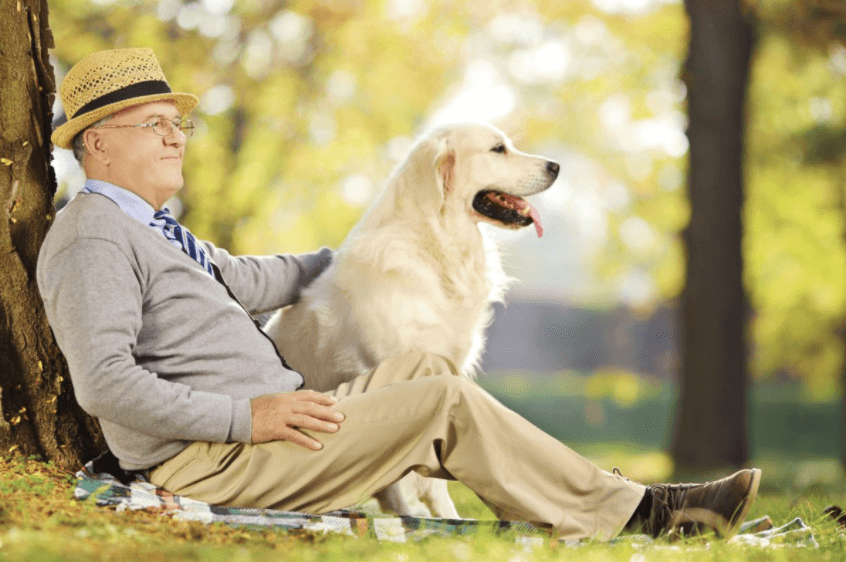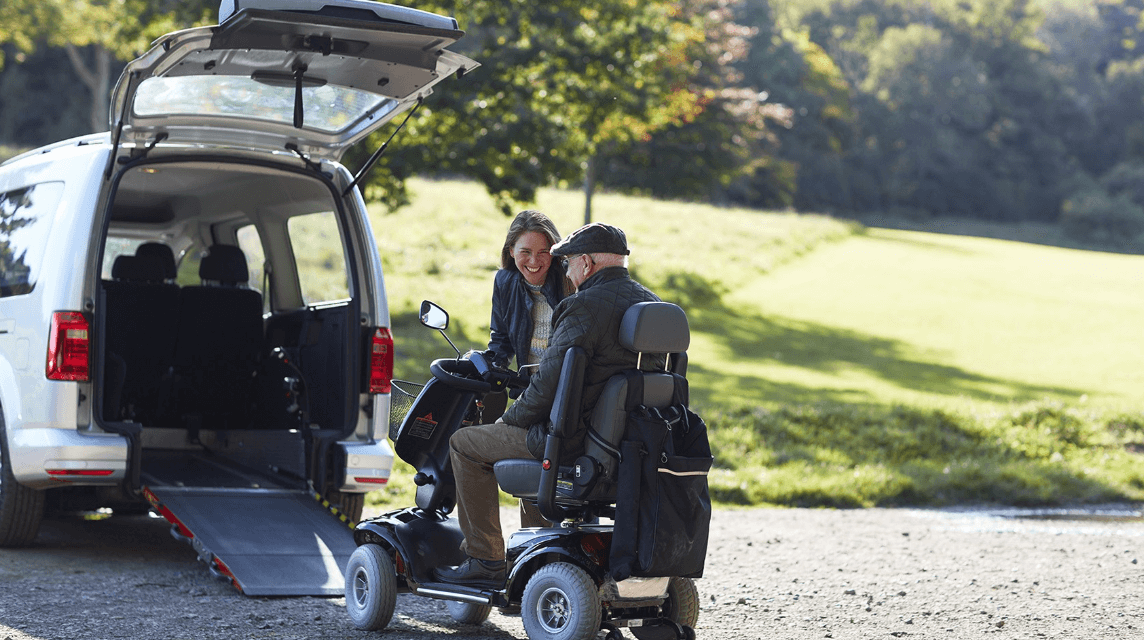If your beloved family dog makes it to old age, it can be a double-edged sword. On the one hand, you are enjoying their love and companionship for more time, but on the other, you have to watch as their life gradually becomes more difficult. Senior dogs tend to have more difficulties moving around, developing complex health conditions, and even developing dementia. If your dog is getting older or you are planning on taking a senior dog into your home, this guide will help you keep them as healthy and comfortable as possible for as long as possible.
Keep them as active as possible
While they are likely to slow down and find exercise more challenging, it is still important for them to exercise every day. The more active they are, the more muscle mass they will keep, the stronger they will be, and the faster their metabolism will be. This will prevent injury and arthritis and help them to maintain a healthy weight. Just because a dog is getting older does not necessarily mean that they do not want to play and go on walks. If you suspect that your dog is in pain, i.e., they are limping or reluctant to move, you should visit your vet to make sure nothing sinister is going on.
Take them to their veterinarian more often
Senior dogs are more susceptible to disease and internal problems, so it is important for you to take your dog to a Mesa veterinary clinic more regularly. Even if they do not appear to be unwell, a simple checkup and blood test can catch warning signs and diseases early on when they are more treatable.
Buy them a new bed
An orthopedic or heated dog bed is one of the best investments you can make for a senior dog. These beds ease the discomfort that dogs with arthritis, stiffness or joint problems suffer from. The better rested your dog, the more mobile and active they will be, and their immune system will be able to fight off illnesses more successfully. If you cannot afford a new bed, placing a heated pad in your dog’s bed can also provide pain relief.
Consider using a harness or support sling
Some senior dogs struggle to get up from the ground, climb the stairs, or to lift themselves onto a sofa. In these cases, a harness with a handle on the back that enables you to lift their back legs for them can provide the extra boost they need to get back on their feet. There are also plenty of support slings that can help your dog to climb the stairs or get into a car.
Adapt their home environment
Just as you would adapt an elderly person’s home with handrails, non-slip floors, and stairlifts, think about ways that you can make your dog’s environment more accessible and safer. This might mean raising their food and water bowls off the floor, so they do not need to bend down, putting rugs or carpeting down to make it easier for them to get up, installing ramps to enable them to get onto furniture, or adding night lights around the home for dogs with failing vision.




